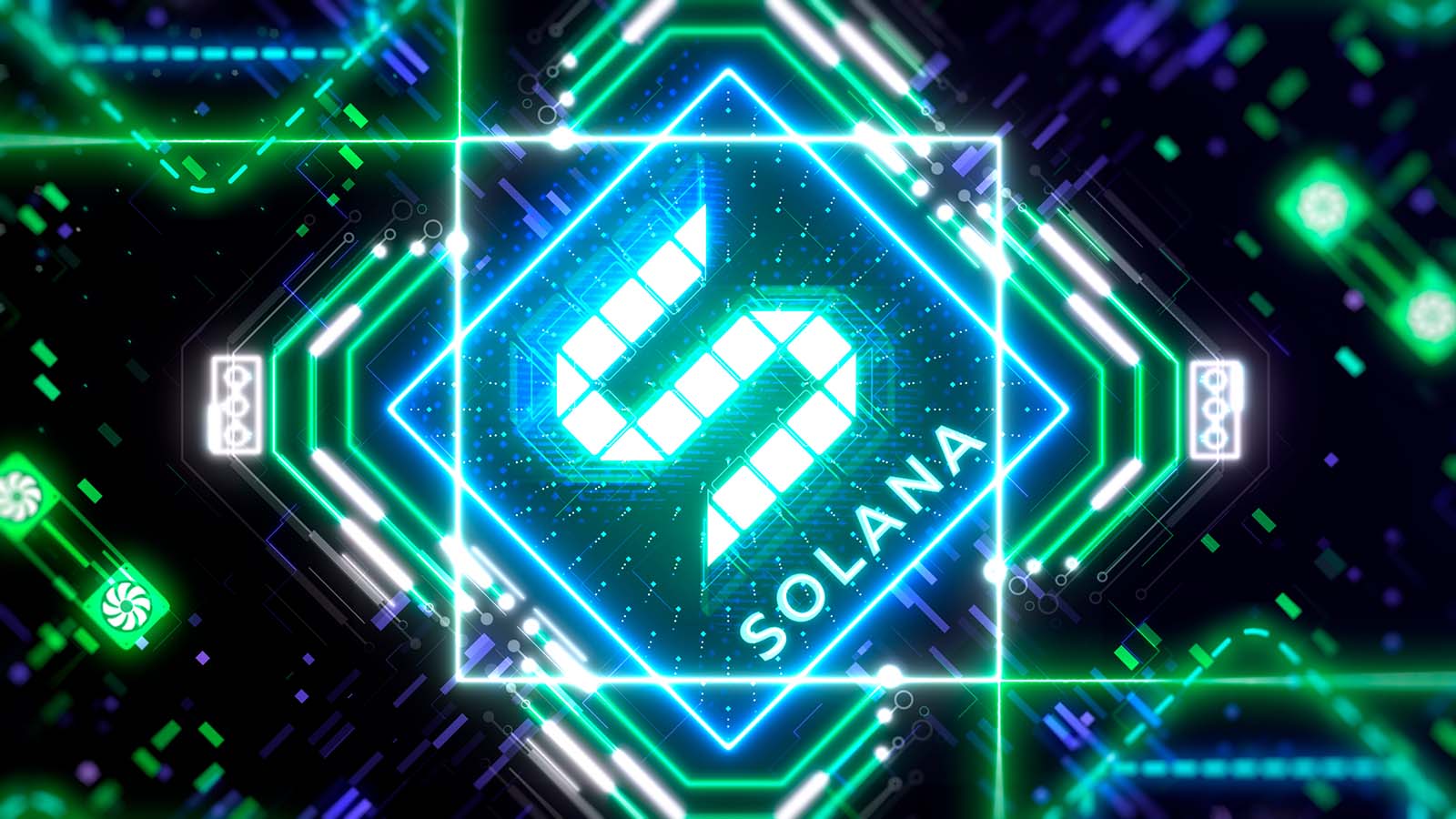Prominent Ethereum community member and blockchain expert Ryan Berckmans expressed his skepticism about Solana’s potential to become a global blockchain backbone, citing five critical shortcomings.
In a detailed analysis, Berckmans argued that Solana’s client diversity, centralization, and limitations in execution strategy make it fundamentally unsuitable for such a role compared to Ethereum.
Five Key Issues Holding Solana Back
Lack of Client Diversity: Berckmans noted that Solana currently relies on a single production client, “agave rust,” and that efforts to develop a second client called “Firedancer” are facing delays. He noted that achieving true client diversity would require at least three independent, non-overlapping production clients. In comparison, Ethereum currently has four production clients that meet these standards.
High Bandwidth Requirements: Solana’s infrastructure demands very high upload speeds, with a recommended 10Gbps, which Berckmans claims introduces centralization risks. Such high bandwidth requirements limit the chain’s ability to operate in diverse and decentralized environments, a crucial factor for a global backbone.
History of Network Outages: Berckmans criticized Solana’s frequent outages, noting the network’s lack of a protocol-level fallback mechanism to continue block production in the event of an outage. A global financial infrastructure must remain operational without interruption, Berckmans said.
Economic Centralization: Berckmans noted that only about 2% of Solana’s initial coin offering (ICO) was sold publicly, with a massive 98% internal distribution. He compared this to Ethereum’s larger IPO and years of mining, which distributed ETH more widely.
Focus on Execution Scaling Over Decentralization: Solana is prioritizing L1 execution scaling, which it sees as a liability, according to Berckmans. He argued that Ethereum’s L2 consensus approach via zero-knowledge (zk) proof aggregation is a superior strategy, allowing hundreds of thousands of chains to reach consensus on Ethereum without sacrificing decentralization.
Berckmans noted that Solana’s leadership initially supported a monolithic chain model, aiming to create a fast, low-cost blockchain for global use. However, with the rise and increasing popularity of Layer 2 (L2) solutions, Solana is attempting to pivot toward a backbone strategy. Despite this shift, Berckmans believes that Solana’s current infrastructure and strategic approach are fundamentally flawed for such a role.
He noted that Ethereum’s backbone strategy, which focuses on supporting L2s and decentralized Layer 1 (L1) applications, is increasingly accepted as the optimal model. Berckmans believes that Ethereum’s scaling solutions, such as zk proof aggregation, strengthen its position as the foundation of the new global financial system.
*This is not investment advice.










솔라나 현재가격에서 10배는 장기간에 오를수 있지요, 근데 100배 가기전에 분산화를 이루고, 내부적으로분배한 코인에 대한 소각이 있어야 함, 월스트리트가, 솔라나 내부 보유자 모두를 수조원의 부자로 만들어 줄것인가? 조심해야 합니다